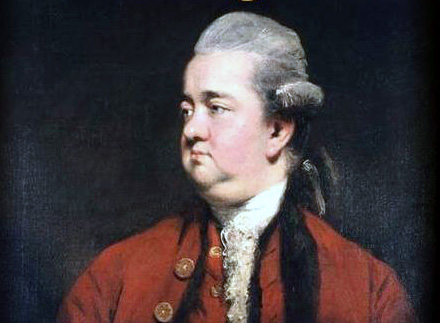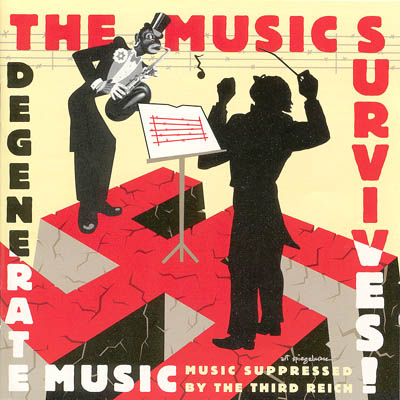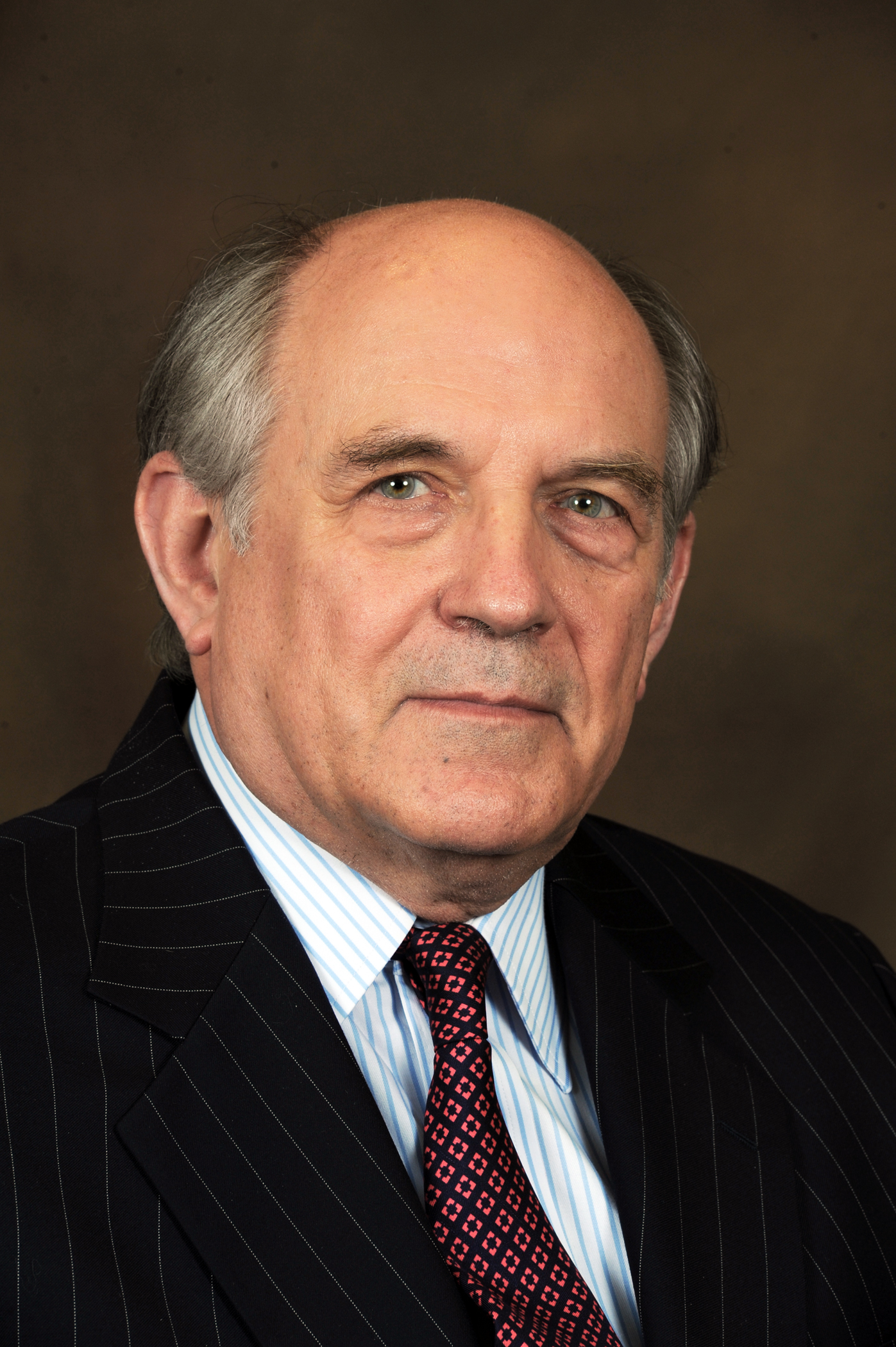The History of the Decline and Fall
of the Roman Empire
Chapter XXII
While the Romans languished under the ignominious tyranny of eunuchs and bishops, the praises of Julian were repeated with transport in every part of the empire, except in the palace of Constantius. The barbarians of Germany had felt, and still dreaded, the arms of the young Cæsar; his soldiers were the companions of his victory; the grateful provincials enjoyed the blessings of his reign; but the favorites, who had opposed his elevation, were offended by his virtues; and they justly considered the friend of the people as the enemy of the court.
As long as the fame of Julian was doubtful, the buffoons of the palace, who were skilled in the language of satire, tried the efficacy of those arts which they had so often practised with success.
They easily discovered, that his simplicity was not exempt from affectation: the ridiculous epithets of a hairy savage, of an ape invested with the purple, were applied to the dress and person of the philosophic warrior; and his modest despatches were stigmatized as the vain and elaborate fictions of a loquacious Greek, a speculative soldier, who had studied the art of war amidst the groves of the academy.
The voice of malicious folly was at length silenced by the shouts of victory; the conqueror of the Franks and Alemanni could no longer be painted as an object of contempt; and the monarch himself was meanly ambitious of stealing from his lieutenant the honorable reward of his labors.
In the letters crowned with laurel, which, according to ancient custom, were addressed to the provinces, the name of Julian was omitted. “Constantius had made his dispositions in person; he had signalized his valor in the foremost ranks; his military conduct had secured the victory; and the captive king of the barbarians was presented to him on the field of battle,” from which he was at that time distant about forty days’ journey.
So extravagant a fable was incapable, however, of deceiving the public credulity, or even of satisfying the pride of the emperor himself. Secretly conscious that the applause and favor of the Romans accompanied the rising fortunes of Julian, his discontented mind was prepared to receive the subtle poison of those artful sycophants, who colored their mischievous designs with the fairest appearances of truth and candor. Instead of depreciating the merits of Julian, they acknowledged, and even exaggerated, his popular fame, superior talents, and important services.
But they darkly insinuated, that the virtues of the Cæsar might instantly be converted into the most dangerous crimes, if the inconstant multitude should prefer their inclinations to their duty; or if the general of a victorious army should be tempted from his allegiance by the hopes of revenge and independent greatness. The personal fears of Constantius were interpreted by his council as a laudable anxiety for the public safety; whilst in private, and perhaps in his own breast, he disguised, under the less odious appellation of fear, the sentiments of hatred and envy, which he had secretly conceived for the inimitable virtues of Julian.
The apparent tranquility of Gaul, and the imminent danger of the eastern provinces, offered a specious pretence for the design which was artfully concerted by the Imperial ministers. They resolved to disarm the Cæsar; to recall those faithful troops who guarded his person and dignity; and to employ, in a distant war against the Persian monarch, the hardy veterans who had vanquished, on the banks of the Rhine, the fiercest nations of Germany.
While Julian used the laborious hours of his winter quarters at Paris in the administration of power, which, in his hands, was the exercise of virtue, he was surprised by the hasty arrival of a tribune and a notary, with positive orders, from the emperor, which they were directed to execute, and he was commanded not to oppose.
Constantius signified his pleasure, that four entire legions, the Celtæ, and Petulants, the Heruli, and the Batavians, should be separated from the standard of Julian, under which they had acquired their fame and discipline; that in each of the remaining bands three hundred of the bravest youths should be selected; and that this numerous detachment, the strength of the Gallic army, should instantly begin their march, and exert their utmost diligence to arrive, before the opening of the campaign, on the frontiers of Persia.
The Cæsar foresaw and lamented the consequences of this fatal mandate. Most of the auxiliaries, who engaged their voluntary service, had stipulated, that they should never be obliged to pass the Alps. The public faith of Rome, and the personal honor of Julian, had been pledged for the observance of this condition. Such an act of treachery and oppression would destroy the confidence, and excite the resentment, of the independent warriors of Germany, who considered truth as the noblest of their virtues, and freedom as the most valuable of their possessions.
The legionaries, who enjoyed the title and privileges of Romans, were enlisted for the general defence of the republic; but those mercenary troops heard with cold indifference the antiquated names of the republic and of Rome.
Attached, either from birth or long habit, to the climate and manners of Gaul, they loved and admired Julian; they despised, and perhaps hated, the emperor; they dreaded the laborious march, the Persian arrows, and the burning deserts of Asia.
They claimed as their own the country which they had saved; and excused their want of spirit, by pleading the sacred and more immediate duty of protecting their families and friends. The apprehensions of the Gauls were derived from the knowledge of the impending and inevitable danger. As soon as the provinces were exhausted of their military strength, the Germans would violate a treaty which had been imposed on their fears; and notwithstanding the abilities and valor of Julian, the general of a nominal army, to whom the public calamities would be imputed, must find himself, after a vain resistance, either a prisoner in the camp of the barbarians, or a criminal in the palace of Constantius.
If Julian complied with the orders which he had received, he subscribed his own destruction, and that of a people who deserved his affection. But a positive refusal was an act of rebellion, and a declaration of war. The inexorable jealousy of the emperor, the peremptory, and perhaps insidious, nature of his commands, left not any room for a fair apology, or candid interpretation; and the dependent station of the Cæsar scarcely allowed him to pause or to deliberate.
Solitude increased the perplexity of Julian; he could no longer apply to the faithful counsels of Sallust, who had been removed from his office by the judicious malice of the eunuchs: he could not even enforce his representations by the concurrence of the ministers, who would have been afraid or ashamed to approve the ruin of Gaul.
The moment had been chosen, when Lupicinus, the general of the cavalry, was despatched into Britain, to repulse the inroads of the Scots and Picts; and Florentius was occupied at Vienna by the assessment of the tribute. The latter, a crafty and corrupt statesman, declining to assume a responsible part on this dangerous occasion, eluded the pressing and repeated invitations of Julian, who represented to him, that in every important measure, the presence of the præfect was indispensable in the council of the prince.
In the mean while the Cæsar was oppressed by the rude and importunate solicitations of the Imperial messengers, who presumed to suggest, that if he expected the return of his ministers, he would charge himself with the guilt of the delay, and reserve for them the merit of the execution. Unable to resist, unwilling to comply, Julian expressed, in the most serious terms, his wish, and even his intention, of resigning the purple, which he could not preserve with honor, but which he could not abdicate with safety.










